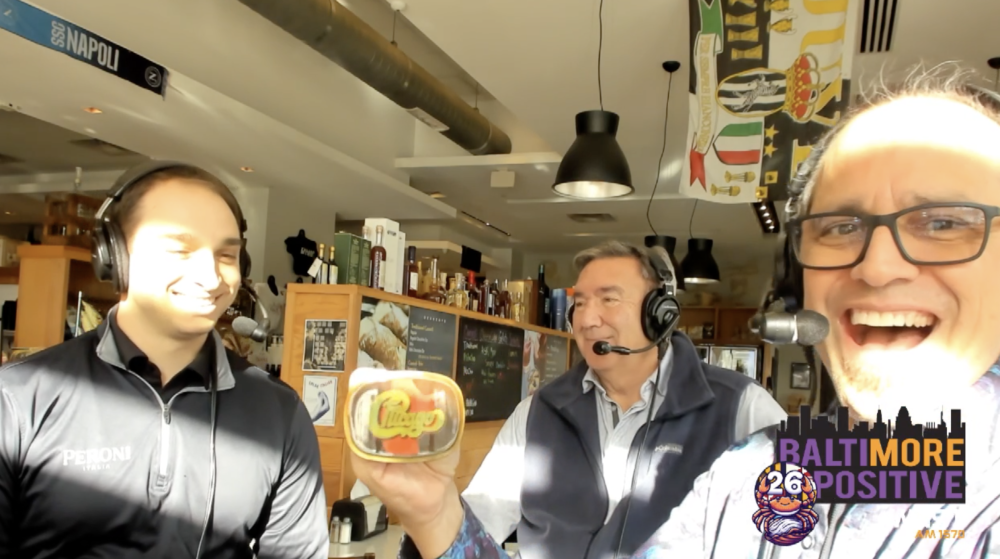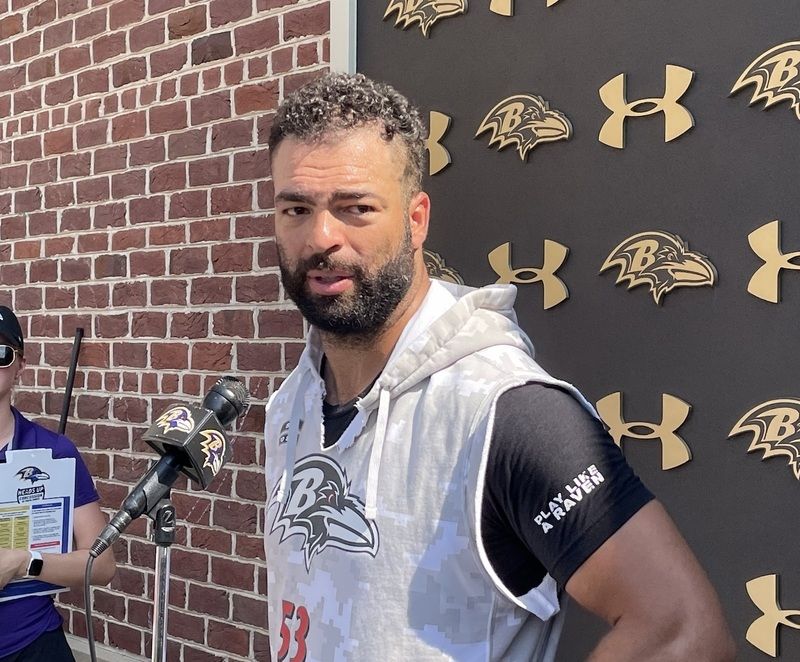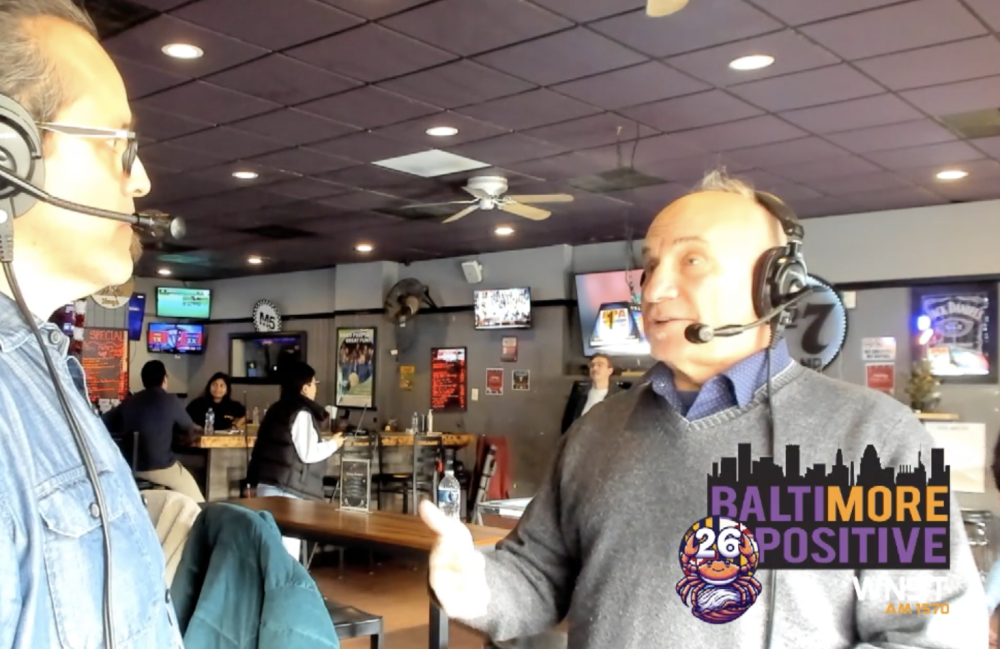A week ago, Dexter Fowler appeared destined to be the starting right fielder and leadoff hitter for the Orioles in 2016.
How wrong we were.
Instead, executive vice president of baseball operations Dan Duquette’s search for a corner outfielder continues as the Orioles prepare to open Grapefruit League play on Tuesday. Beyond the bizarre confusion the Fowler saga created was the frustration in knowing Baltimore couldn’t secure a player who appeared to be the perfect fit for a promising lineup.
The Orioles are now left trying to fit a square peg into a round hole with the imperfect options remaining on the market. Of course, they could always allow in-house candidates such as veteran Nolan Reimold and Rule 5 pick Joey Rickard to compete for the job, but that’s a difficult sell when you’re already counting on Korean newcomer Hyun Soo Kim to hold down the starting duties in left field.
Three names who have been linked to the Orioles at some point this offseason remain available.
The first isn’t an outfielder at all as signing Pedro Alvarez would prompt the Orioles to move projected designated hitter Mark Trumbo to right field, a position at which he’s struggled in his major league career and already owns a miscue this spring. The left-handed Alvarez — whose poor defense at both first and third base ideally makes him a full-time DH — brings the potential of 30 home runs, but the Orioles have a starting rotation dependent on strong defense and you worry how Trumbo’s regular presence in right field would harm the club’s overall prevention.
Would Alvarez’s offensive value be negated by Trumbo’s defensive limitations in the outfield?
Alvarez, a Scott Boras client, would offer impressive power to a lineup already looking to be fine in that department, but he brings little else to the table and the defensive ramifications of his potential signing make him a lukewarm fit.
Cincinnati Reds right fielder Jay Bruce has been the subject of trade rumors dating back to last July and was part of a trade that would have sent him to Toronto last week before it fell through due to medical concerns about the other players involved. The Orioles have been linked to Bruce in trade rumors throughout the offseason as the 28-year-old enters the final season of a six-year, $51 million contract that will pay him $12.5 million this season and includes a $13 million club option with a $1 million buyout for 2017.
The price for Bruce in a trade likely wouldn’t be more than a middling prospect or two — we know how limited the Orioles’ farm system currently is — but what are you really getting at this point? The left-handed outfielder looked to be blossoming into a star when he posted an on-base plus slugging percentage of .807 or better from 2010-2013, but his production has plummeted over the last two seasons with a combined .288 on-base percentage and .695 OPS.
You might be able to forgive his nightmare 2014 campaign in which he hit .217 with 18 homers and a .654 OPS when you remember that he underwent surgery for a torn meniscus in his left knee in early May and probably came back too quickly. That theory appeared to be validated when he hit 17 homers and posted an .827 OPS through late July of last season, but he then batted .178 with nine home runs and a .575 OPS over his final 60 games.
Will the real Bruce stand up?
His .251 batting average on balls in play last season suggests that Bruce hit into plenty of bad luck, but his ability to hit the ball with authority the other way hasn’t returned since injuring his knee, making you wonder if he will ever be the hitter he was earlier in his career. It’s one thing to pay Bruce $12.5 million for 2016, but the Orioles aren’t in a position to be trading away what few minor-league commodities they have for an expensive player who might not even be very good on top of that. At the very least, Bruce has a strong throwing arm and was worth five defensive runs saved in 2015, which would be a clear improvement over Trumbo playing right field.
That brings us to Austin Jackson, who is the best remaining outfielder on the free-agent market and just turned 29 a few weeks ago. Since posting a career-high .856 OPS for Detroit in 2012, Jackson has seen his career trend downward and has been traded in each of the last two seasons.
After being dealt to Seattle as part of the David Price trade in 2014, Jackson posted an awful .527 OPS with the Mariners the rest of the way and followed that with a .696 OPS in 2015. He was dealt to the Chicago Cubs on Aug. 31 of last season and did little to help their fortunes with a .236 average in 72 at-bats.
Jackson brings speed and good defense to a club — he played right field for the first time last season after spending his entire major league career in center — but his upside with the bat appears limited at this point and his .310 OBP over the last two years doesn’t make him a good option as a top-of-the-order hitter. He also recently turned down a one-year deal believed to be between $5 million to $6 million from the Los Angeles Angels, making you wonder how much more he might be demanding.
Also a Boras client, Jackson represents an upgrade over what the Orioles currently have — at least we think — but his recent production suggests he’s bordering on no longer being a full-time starting player. At the very least, you would be paying him less than Bruce and wouldn’t need to give up anything else to add him.
There’s less downside with Jackson, but he offers a lower ceiling than the other two as well.
Of the three aforementioned names, there may not be a wrong answer in the end.
There just may not be a right one, either.
And that’s what makes the Fowler outcome that much more disappointing for the Orioles.


























